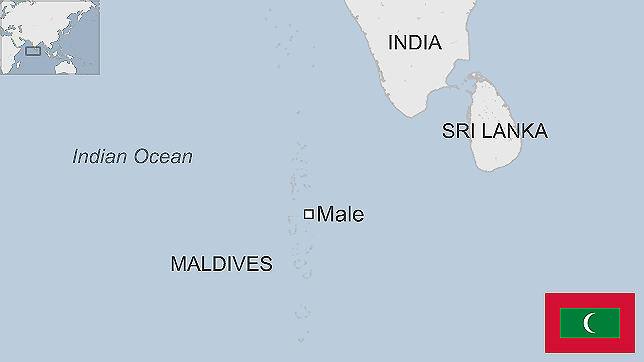Sri Lanka country profile
- Published
This page is no longer being updated. It was last updated on 4 October 2024
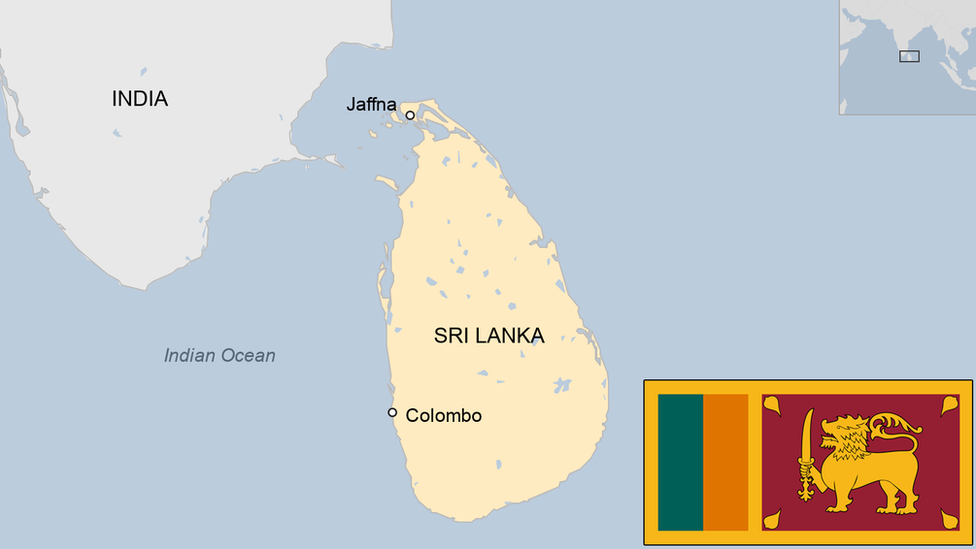
Lying off the southern tip of India, the tropical island of Sri Lanka has attracted visitors for centuries with its natural beauty.
But it has been scarred by a long and bitter civil war arising out of ethnic tensions between the majority Sinhalese and the Tamil minority in the north and east.
After some 26 years of violence the conflict ended in May 2009, when government forces seized the last area controlled by Tamil Tiger rebels. But recriminations over abuses by both sides continue.
The island fell under Portuguese and Dutch influence after the 16th Century. It gained independence in 1948, after nearly 150 years of British rule.
In 2022, an economic crisis led to the collapse of Sri Lanka's currency and rising inflation. This has triggered political protests and a humanitarian crisis due to a severe shortage of goods.
Read more country profiles, external - Profiles by BBC Monitoring, external
DEMOCRATIC SOCIALIST REPUBLIC OF SRI LANKA: FACTS
Capital: Sri Jayawardenepura Kotte (legislative) Colombo (executive and judicial)
Area: 65,610 sq km
Population: 22.1 million
Languages: Sinhala, Tamil, plus English
Life expectancy: 73 years (men) 80 years (women)
LEADER
President: Ranil Wickremesinghe
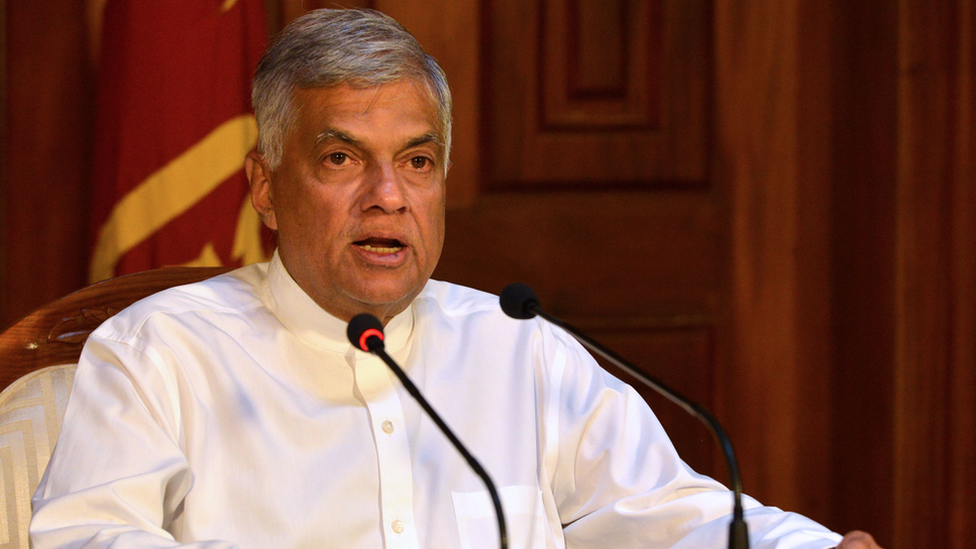
Left-leaning politician Anura Kumara Dissanayake won Sri Lanka's Spetember 2024 presidential election after a historic second round of counting.
With his win, Sri Lanka has for the first time a government headed by a leader with a strong left-wing ideology.
No candidate won more than 50% of the total votes in the first round, where Dissanayake got 42.3% while his closest rival, opposition leader Sajith Premadasa, got 32.7%.
But Dissanayake, who promised voters good governance and tough anti-corruption measures, emerged as winner after the second count, which tallied voters' second and third choice candidates.
The election was the first to be held since mass protests unseated the country's leader, Gotabaya Rajapaksa, in 2022 after Sri Lanka suffered its worst economic crisis.
To revive the economy, Dissanayake has promised to develop the manufacturing, agriculture and IT sectors. He has also committed to continuing the deal struck with the International Monetary Fund (IMF) to bail Sri Lanka out of the economic crisis while reducing the impact of its austerity measures on the country's poorest.
MEDIA

Sri Lanka's media divide along language and ethnic lines. Separate media outlets cater for Sinhala, Tamil and English speaking audiences. Those in Sinhala have the largest audiences.
Privately-owned TVs have larger audiences than state-owned outlets.
The printed press is popular. There are more than 20 daily titles, publishing in the three main languages.
Many of the major press and broadcasting outlets are state-owned.
TIMELINE
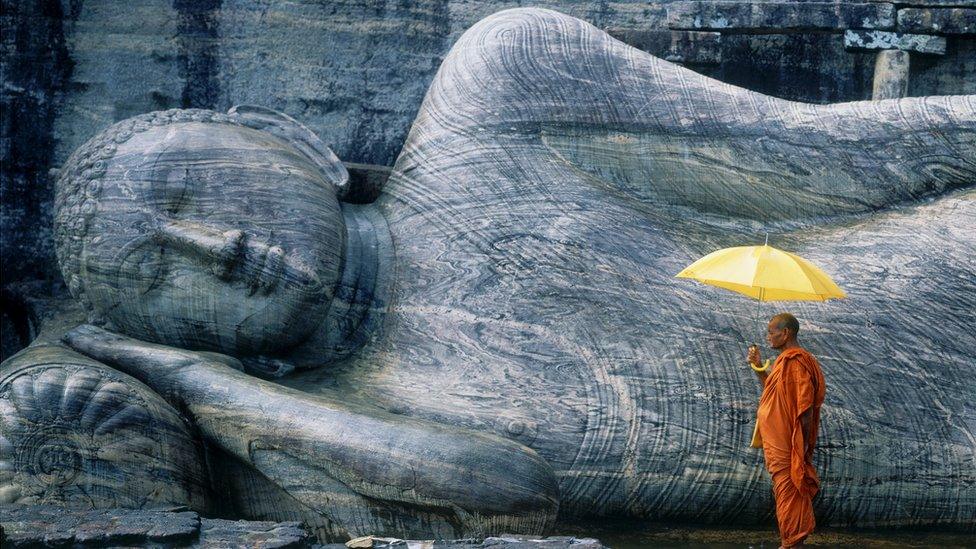
A monk by a carved Buddha at the 12th Century Gal Vihara or rock monastery in northern Sri Lanka
Some key dates in Sri Lanka's history:
1505 - Portuguese arrive in Colombo, marking beginning of European interest.
1658 - Dutch force out Portuguese and establish control over whole island except central kingdom of Kandy.
1796 - Britain begins to take over island.
1815 - Kingdom of Kandy conquered. Britain starts bringing in Tamil labourers from southern India to work in tea, coffee and coconut plantations.
1833 - Whole island united under one British administration as Ceylon.
1948 - Ceylon gains full independence.
1949 - Indian Tamil plantation workers disenfranchised, the start of a wave of Sinhalese nationalism which alienates the Tamil minority.
1956 - Solomon Bandaranaike elected on wave of Sinhalese nationalism. Sinhala made sole official language and other measures introduced to bolster Sinhalese and Buddhist sentiment.
1972 - Ceylon becomes a republic and changes its name to Sri Lanka. Buddhism is given primary place as the country's religion, further antagonising Tamil minority.
1976 - Liberation Tigers of Tamil Eelam (LTTE) founded to fight for Tamil rights.
1983 - Start of civil war.
1987 - Government forces push LTTE back into northern city of Jaffna. Government signs accords creating new councils for Tamil areas in north and east and reaches agreement with India on deployment of Indian peace-keeping force.
1990 - Indian troops leave after getting bogged down in fighting in north. Violence between Sri Lankan army and separatists escalates.
Thousands of Muslims are expelled from northern areas by the LTTE.
1991 - LTTE implicated in assassination of Indian premier Rajiv Gandhi in southern India.
1993 - President Premadasa killed in LTTE bomb attack.
1995-2001 - War rages across north and east. Tigers bomb Sri Lanka's holiest Buddhist site. Suicide attack on the international airport destroys half the Sri Lankan Airlines fleet.
2002 - Government and Tamil Tiger rebels sign a ceasefire.
2003 - Tigers pull out of talks. Ceasefire holds.
2004 - More than 30,000 people are killed when a tsunami, massive waves generated by a powerful undersea earthquake, devastate coastal communities.
2006 - Tamil Tiger rebels and government forces resume fighting in the north-east in worst clashes since 2002 ceasefire. Government steadily drives Tamil Tigers out of eastern strongholds over following year.
2008 - Government pulls out of 2002 ceasefire agreement, launches massive offensive.
2009 - Government declares Tamil Tigers defeated after army forces overrun last patch of rebel-held territory in the northeast. Some 70,000-80,000 people are estimated to have been killed in the war.
2016 - Government acknowledges for the first time that some 65,000 people are missing from its 26-year war with the Tamil Tiger rebels and a Marxist insurrection in 1971.
2019 - Jihadist suicide bombers attack churches and hotels on Easter Sunday, killing more than 350 people.
2022 - Protesters force President Gotabaya Rajapaksa out of office during an economic crisis.
2024 - Left-leaning Anura Kumara Dissanayake wins the presidential election after a historic second round of counting
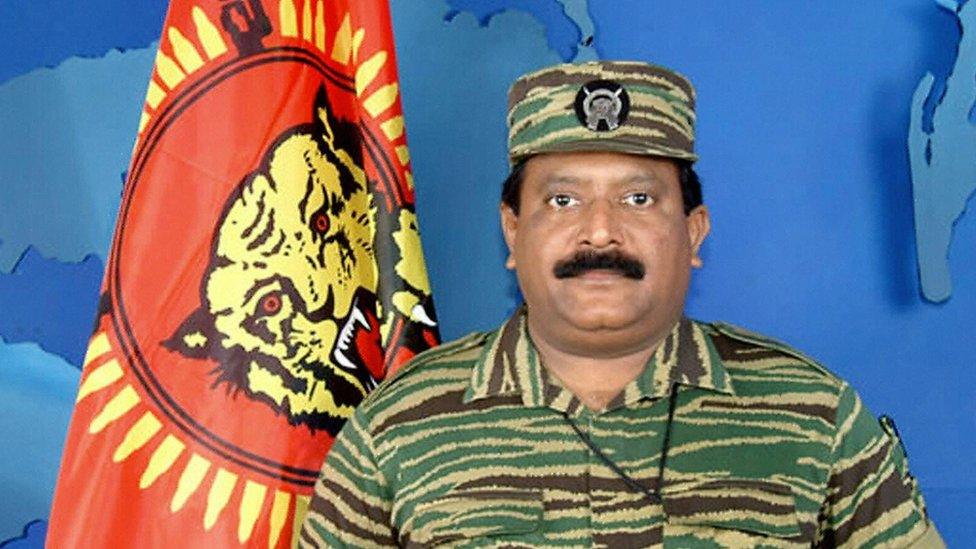
The leader of the Tamil Tigers Velupillai Prabhakaran was killed in action at the end of the drawn-out fight for a separate state
- Published10 March
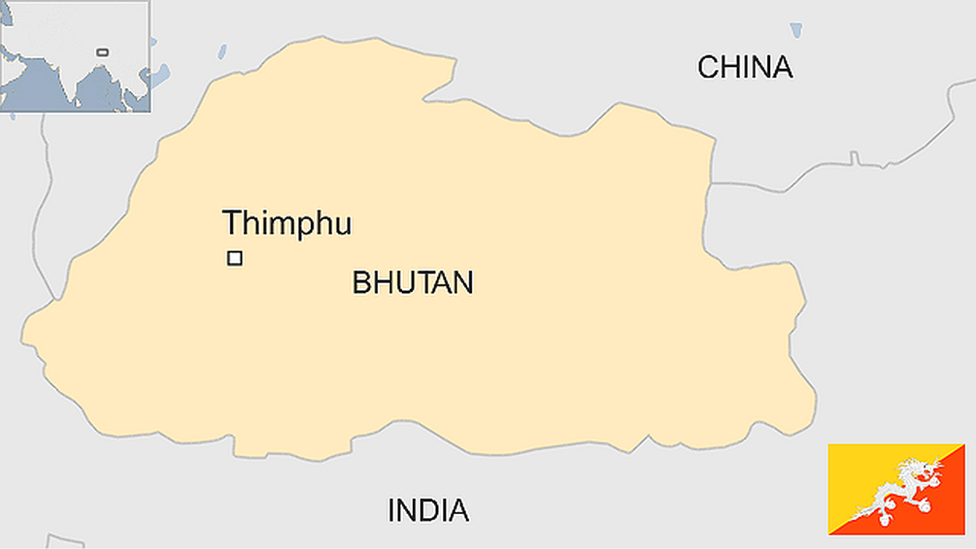
- Published15 July 2024

- Published15 March 2024

- Published10 March
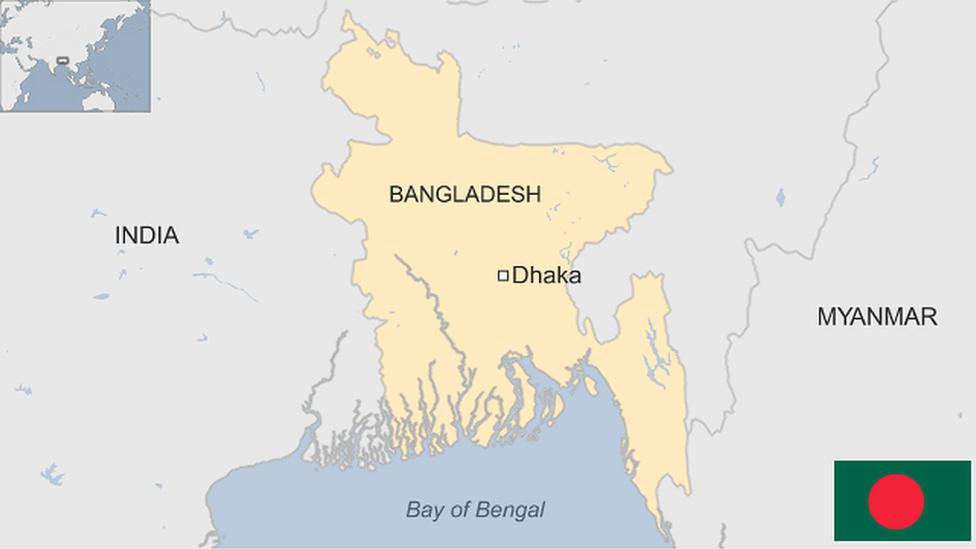
- Published10 March
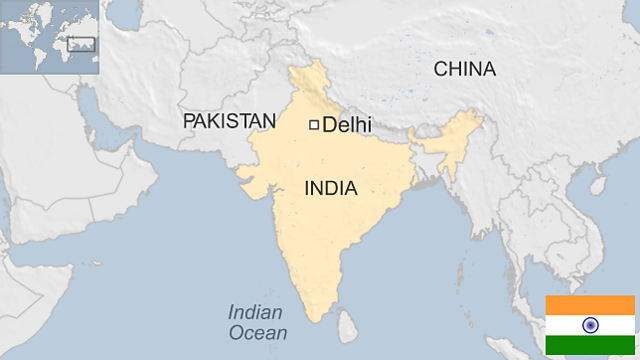
- Published10 March
